Nature is full of bizarre, jaw-dropping twists that sound completely fake until you realize—nope, they’re real. From fish that walk to frogs that freeze solid and come back to life, these creatures defy logic, rewrite biology, and remind us how little we actually know about the world we live in. These are the wildest, weirdest, and most “unbelievable” animal facts that are 100% true—and they’ll change the way you look at nature forever.
1. The Immortal Jellyfish
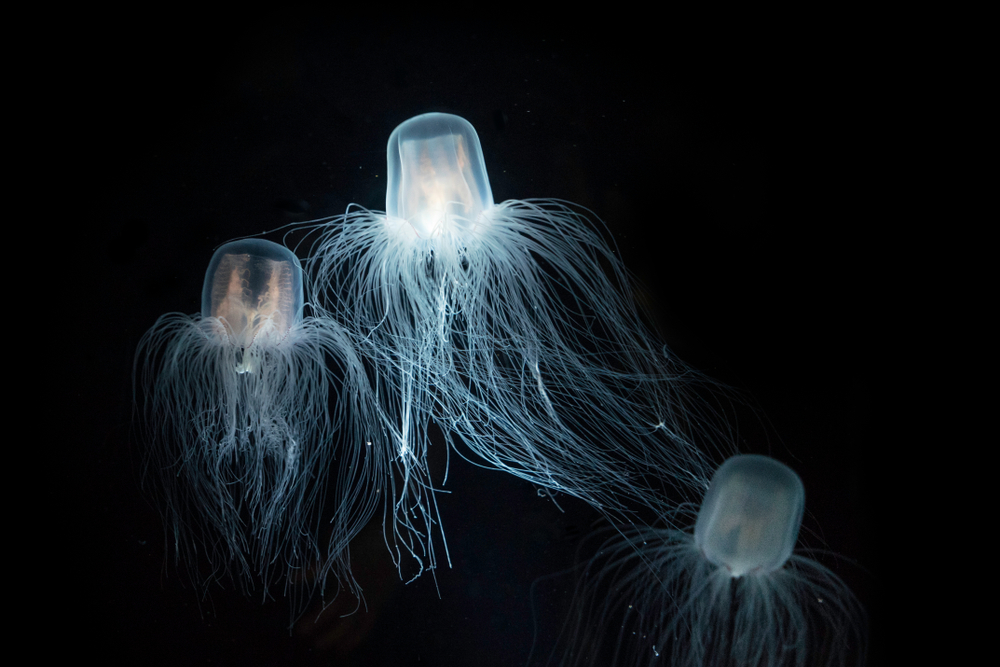
Picture a creature that defies the natural order of life and death. The Turritopsis dohrnii, or the “immortal jellyfish,” has the unique ability to revert its cells back to their earliest form, effectively starting its life cycle anew. This process, akin to the fountain of youth, allows the jellyfish to bypass mortality, potentially living indefinitely under the right conditions. As long as it’s not eaten by a predator or succumbs to disease, this jellyfish can theoretically live forever, making death an optional rather than an inevitable part of its life cycle.
A study published in Nature Reviews Molecular Cell Biology explains how this jellyfish’s transdifferentiation process works, providing insights into cellular rejuvenation. While humans are far from unlocking such capabilities, the immortal jellyfish offers a fascinating glimpse into the possibilities of biological immortality. This discovery has not only fascinated marine biologists but also inspired research into human aging and regenerative medicine. Such a tiny creature demonstrates that nature holds keys to mysteries we are just beginning to understand.
2. The Platypus’s Electric Bill
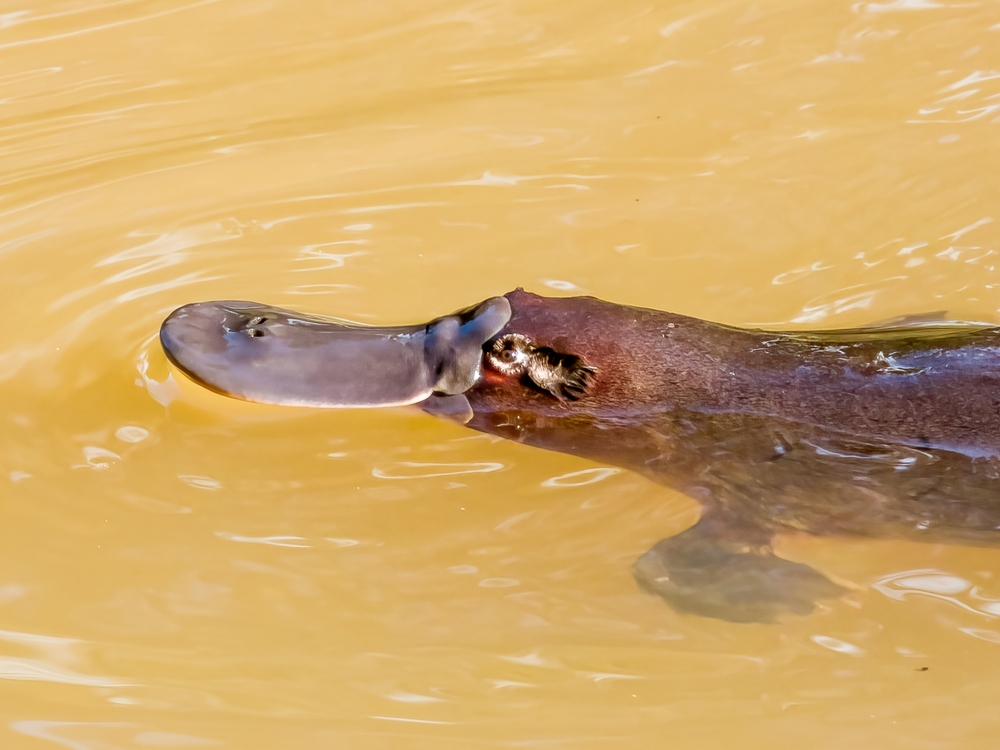
The platypus is already a strange concoction of animal traits, boasting a duck’s bill, beaver’s tail, and otter’s feet. Yet, its most astonishing ability remains largely under the radar: electroreception. This feature allows the platypus to detect electrical signals generated by the movements of its prey underwater. By closing its eyes, ears, and nose, it relies entirely on this sixth sense to hunt effectively, a skill that remains unmatched in the mammalian kingdom.
Electroreception is more common in fish, but the platypus proves that even mammals can harness this superpower. This ability showcases the animal’s evolutionary ingenuity, allowing it to thrive in its natural habitat where visibility is low. As bizarre as it sounds, understanding the platypus’s capabilities continues to intrigue scientists and deepen our appreciation for the hidden talents of the animal world. Such an oddball of evolution reminds us that the natural world is a vast, unexplored frontier teeming with surprises.
3. Pistol Shrimp’s Sonic Boom
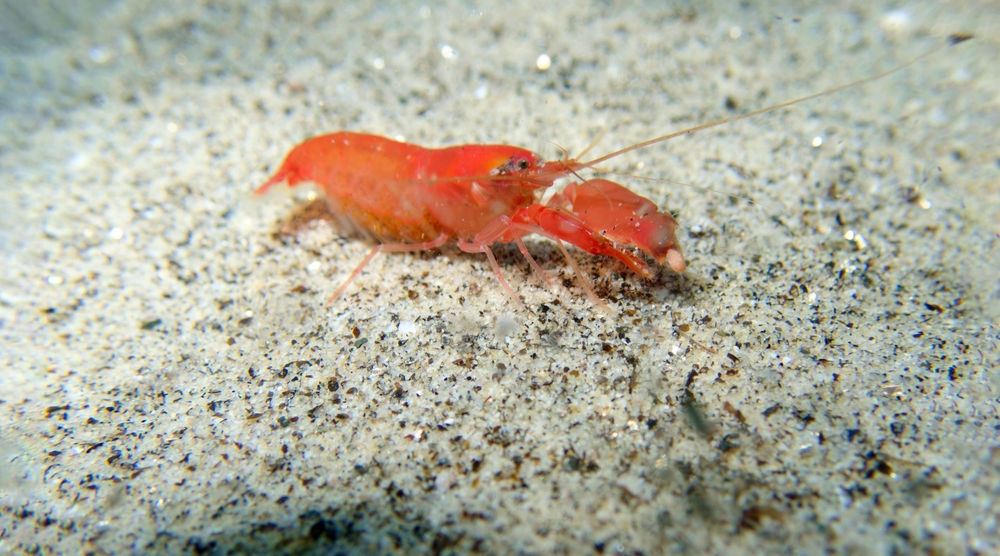
Pistol shrimp, also known as snapping shrimp, wield a remarkable weapon tucked inside their claws. They can snap their claws at such high speeds that it creates a cavitation bubble, which implodes with a sound reaching up to 210 decibels — louder than a gunshot. This sonic boom is powerful enough to stun or even kill small fish, making pistol shrimp formidable hunters despite their diminutive size. The force of the bubble collapse also generates light, a phenomenon known as sonoluminescence.
According to research published in the Journal of Experimental Biology, this natural phenomenon has intrigued physicists and marine biologists alike, focusing on the mechanics behind the shrimp’s explosive power. Understanding how such tiny creatures create massive energy bursts has implications for both biological study and technological innovation. The pistol shrimp shows that size isn’t everything, and that nature often arms its creatures with unexpected tools for survival. It’s a testament to evolution’s creativity and efficiency, giving shrimp a megaphone in the underwater world.
4. Octopuses and Their Three Hearts
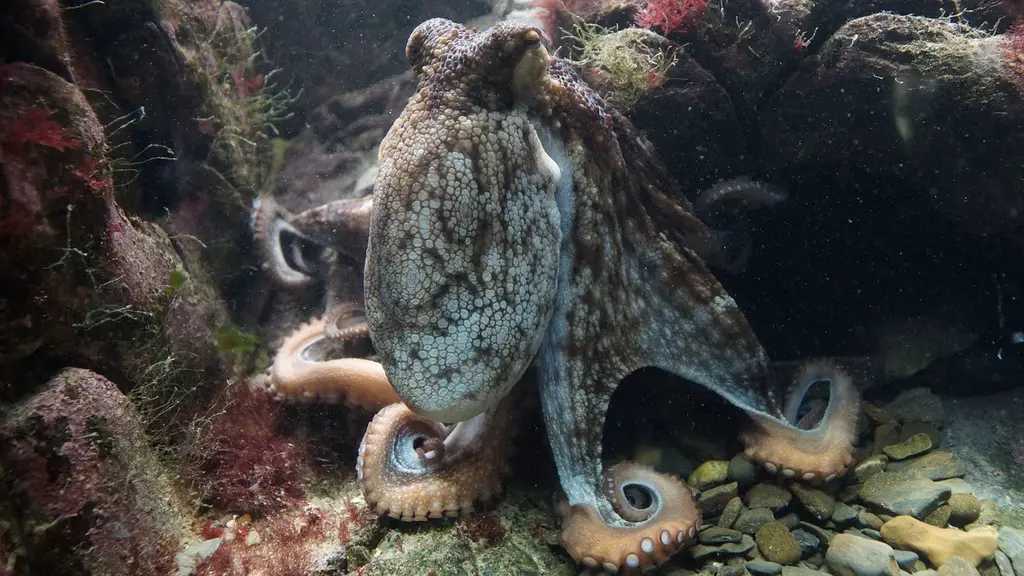
Octopuses stand out as marine marvels with an anatomy as strange as science fiction. Each octopus possesses not one, but three hearts — two pump blood to the gills, while the third circulates it to the rest of the body. This unique cardiovascular system aids in their deep-sea lifestyle, where oxygen can be scarce and movement requires efficient energy use. When an octopus swims, the heart that delivers blood to the body actually stops, highlighting the energy demands of locomotion.
These intelligent cephalopods further intrigue scientists with their ability to change color and texture at will, thanks to specialized cells called chromatophores. This allows octopuses to camouflage seamlessly into their surroundings or communicate through a silent, visual language. Such adaptive prowess speaks to their evolutionary success despite their short lifespans. By unraveling the mysteries of octopus biology, researchers gain insights into the complex interplay of evolution and environment.
5. The Lazarus Taxon: Coelacanth
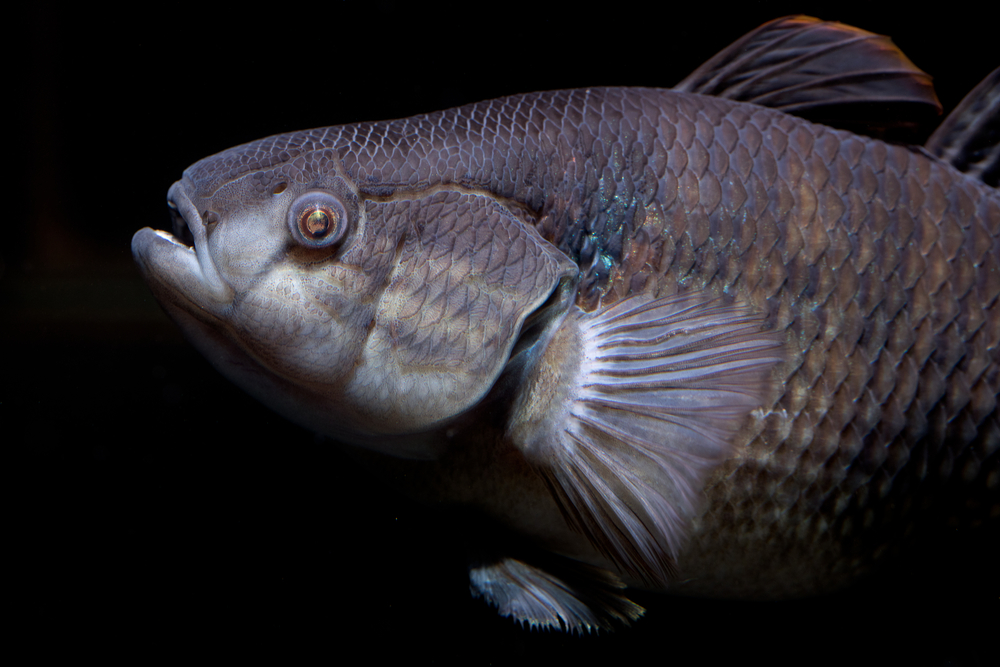
Once thought extinct, the coelacanth is a fish that managed to survive undetected for millions of years, earning its nickname as a “Lazarus taxon.” Resurfacing in 1938 off the coast of South Africa, it shattered the belief that this ancient species had vanished alongside the dinosaurs. Coelacanths provide a rare glimpse into the prehistoric world, as their anatomy has remained mostly unchanged for an astonishing 400 million years. This fish is a living fossil, bridging the gap between sea and land vertebrates.
A study in the journal Nature Communications discussed the coelacanth’s genome, revealing the secrets of its evolutionary journey. Its discovery has sparked debates about biodiversity, conservation, and the resilience of life in the face of extinction. The coelacanth reminds us that our planet harbors many hidden wonders, waiting to be uncovered. Its existence challenges assumptions about extinction and biodiversity, and serves as a poignant symbol of life’s tenacity.
6. The Mantis Shrimp’s Super Vision

When it comes to vision, the mantis shrimp reigns supreme in the animal kingdom. Its eyes contain 16 types of photoreceptor cells, compared to the mere three found in humans. This equips the mantis shrimp with unparalleled color vision, along with the ability to see polarized light and ultraviolet wavelengths. Such an advanced visual system allows them to detect prey, predators, and mates with extraordinary precision.
The mantis shrimp’s eyesight is complemented by its notorious punching power, which can smash open the hard shells of prey. Living in burrows, these shrimp are both fierce hunters and formidable defenders of their territory. This combination of visual acuity and physical might ensures their survival in the competitive marine ecosystem. As scientists study this creature, they hope to unlock new understanding of visual processing and potential applications in optical technology.
7. Vampire Finch’s Blood Diet
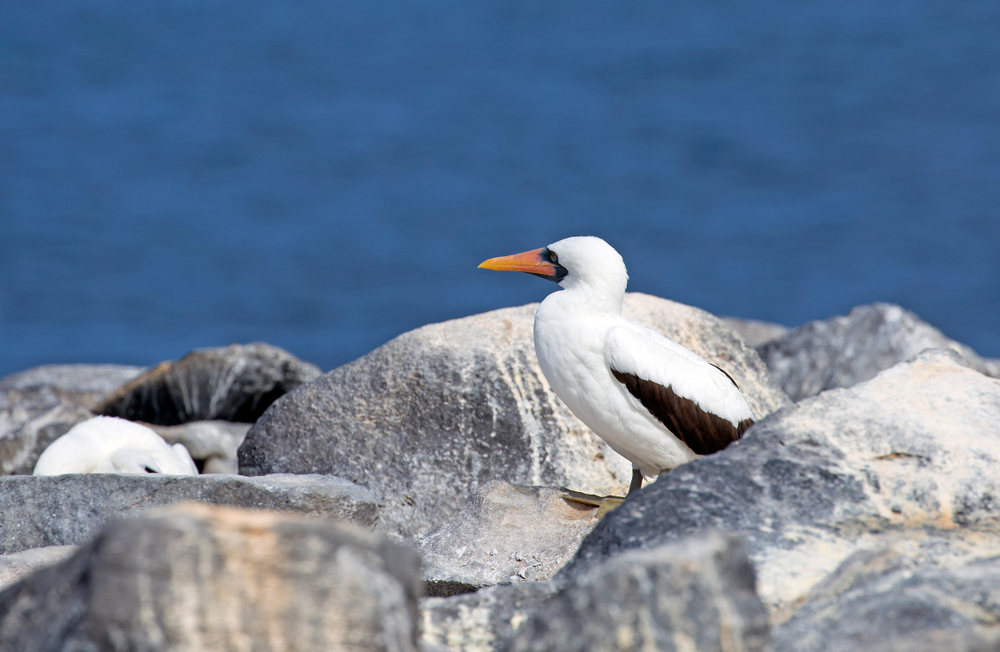
The Galápagos Islands are home to one of nature’s more macabre diners: the vampire finch. While these finches generally eat seeds and insects, they have developed a taste for blood, particularly from other birds like the Nazca and blue-footed boobies. This peculiar behavior is believed to have evolved as a survival strategy during food shortages, allowing the finches to supplement their diet. By pecking at the base of feathers, they draw blood without causing significant harm to their hosts.
A report in the journal Ecology details how this behavior provides insights into adaptive strategies in isolated ecosystems. The vampire finch demonstrates nature’s ingenuity in overcoming environmental challenges. Its blood-drinking habit raises questions about the ethical dynamics of survival and adaptation. Despite its gruesome meal preferences, the vampire finch is a testament to evolution’s adaptability and resourcefulness.
8. The Explosive Ant’s Sacrifice
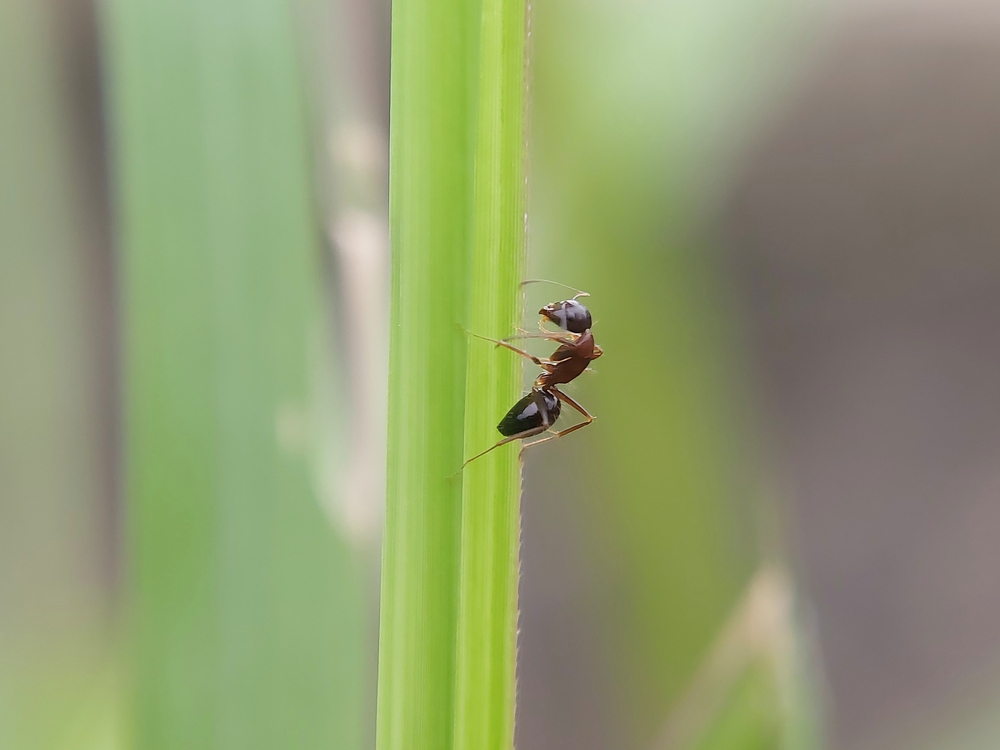
In the rainforests of Southeast Asia, a unique ant species has turned self-destruction into a last-resort defense mechanism. Known as the “exploding ant,” members of the Colobopsis saundersi colony will rupture their own bodies when threatened, releasing a toxic, sticky substance to deter predators. This kamikaze strategy prioritizes the colony’s survival over individual life, exemplifying the extreme lengths to which social insects will go to protect their community. The sacrifice of a few ensures the safety and continuity of the many.
These ants offer intriguing insights into the balance between individual and group needs, challenging our understanding of altruism in the animal kingdom. Social insects like these ants have evolved complex behaviors that defy simple evolutionary logic, hinting at the intricate web of survival strategies in nature. The explosive ant’s dedication to its colony illustrates the power of collective action. It highlights the diverse strategies evolution employs to ensure the survival of species in hostile environments.
9. The Slow Loris’s Toxic Bite
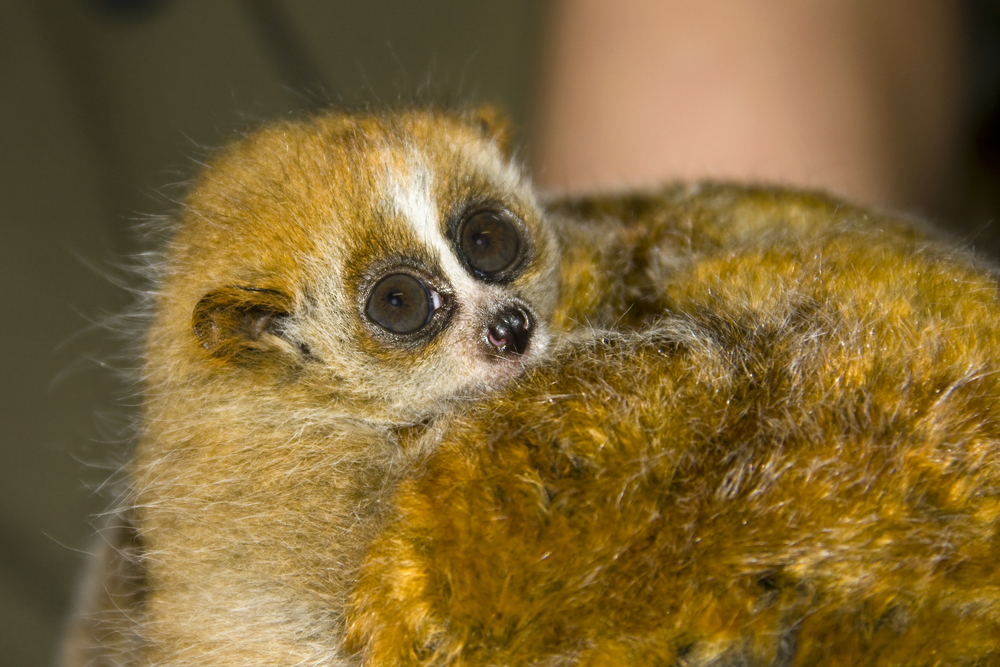
The slow loris, with its wide eyes and gentle demeanor, might appear to be the epitome of innocence, but don’t be fooled. This nocturnal primate possesses a venomous bite, a rare trait among mammals. Glands in its elbows secrete a toxin that, when mixed with saliva, becomes a potent defense mechanism against predators. A bite from a slow loris can cause painful swelling and even anaphylactic shock in some cases.
This intriguing adaptation showcases the slow loris’s dual strategy of stealth and surprise in avoiding threats. The combination of a toxic bite and its ability to remain nearly undetectable in the wild makes it a formidable creature despite its small size. Conservationists work tirelessly to protect the slow loris from illegal wildlife trade, where its cuteness often makes it a target for the pet industry. Understanding the slow loris’s unique defenses underscores the complexity of predator-prey relationships in nature.
10. The Greenland Shark’s Centennial Journey

Beneath the icy waters of the Arctic, the Greenland shark holds the record as the longest-living vertebrate, capable of reaching ages of at least 400 years. This shark’s slow pace of life, including a sluggish metabolism and late maturity, contributes to its impressive longevity. Researchers believe that studying the Greenland shark’s genetics could unlock secrets about aging and long life. Despite their longevity, these sharks remain a mystery, with much of their biology and ecology still undiscovered.
By exploring the Greenland shark’s life history, scientists aim to learn more about the interplay between environment and longevity. Each discovery about these ancient creatures adds pieces to the puzzle of how some species defy the typical constraints of aging. The Greenland shark’s quiet endurance is a reminder of the hidden wonders lurking beneath the ocean’s surface. It challenges us to rethink our understanding of life spans and resilience in extreme environments.
11. The Polygamous Seahorse
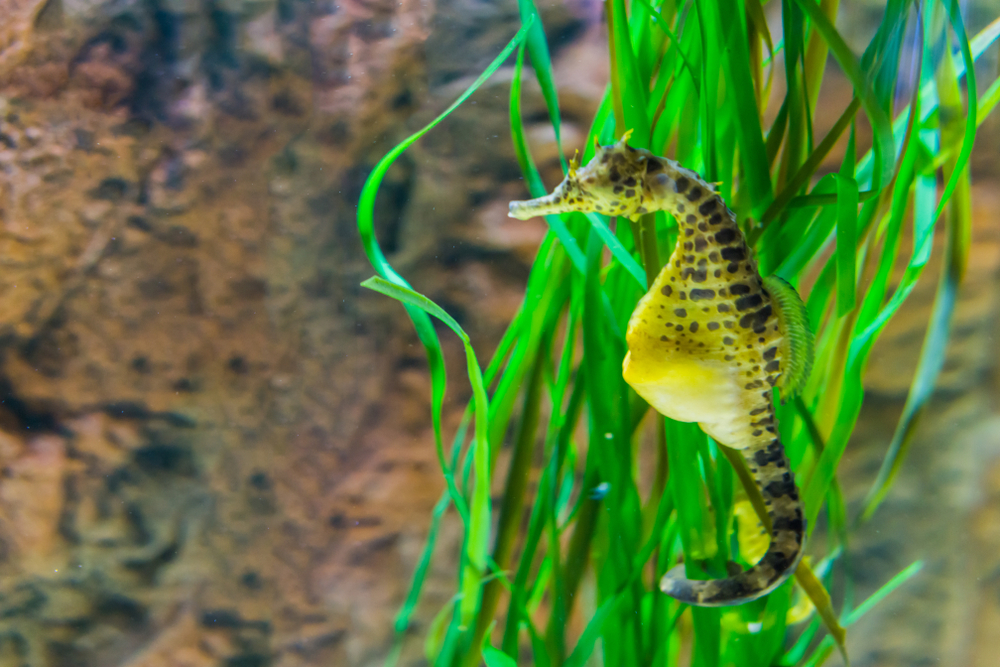
In the seahorse world, it’s the males who become pregnant, a role reversal that defies traditional gender norms in the animal kingdom. Once a pair mates, the female deposits her eggs into the male’s brood pouch, where he fertilizes and carries them to term. This remarkable reproductive strategy allows seahorses to somewhat sidestep the usual risks of predation associated with egg-laying. After several weeks, the male gives birth to tiny, fully-formed seahorses ready to face the world.
The seahorse’s unique reproductive role highlights the diversity of life strategies across species, showcasing nature’s endless creativity. By giving males the role of nurturing offspring, seahorses exhibit an evolutionary adaptation that helps balance reproductive responsibilities. This fascinating dynamic offers fresh perspectives on parenting and gender roles in the animal kingdom. As scientists delve deeper into seahorse biology, they uncover lessons that extend beyond the ocean into broader discussions of family and survival.
12. The Electric Eel’s Shocking Abilities
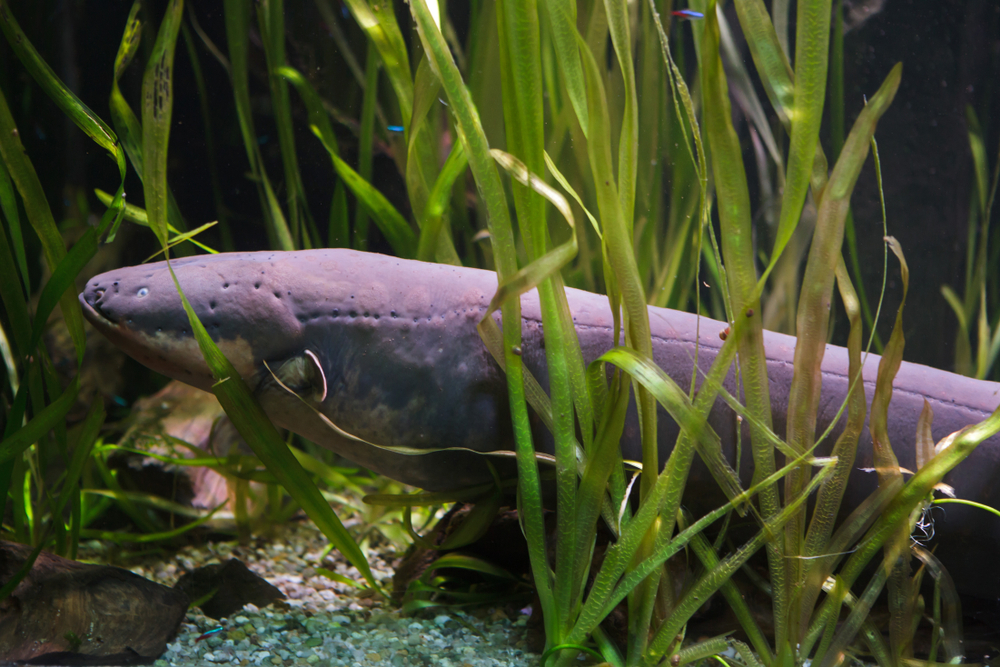
The electric eel, residing in the murky waters of South America, wields electricity as a tool for hunting and self-defense. Capable of generating up to 600 volts, the electric eel uses its charge to stun prey and deter predators. This power is harnessed through specialized cells called electrocytes, which work in unison to produce high-voltage pulses. While the electric eel is technically a knifefish rather than a true eel, its impressive electrical abilities have made it a subject of fascination and study.
Research into the electric eel’s capabilities has spurred interest in bioelectricity and its potential applications in technology. By understanding how these creatures generate and control electric fields, scientists hope to develop novel solutions in fields ranging from medicine to renewable energy. The electric eel exemplifies nature’s ingenuity, using electricity as an effective survival strategy in its underwater world. Its shocking power serves as a reminder of the untapped potential within the natural world.
13. The Regenerating Axolotl
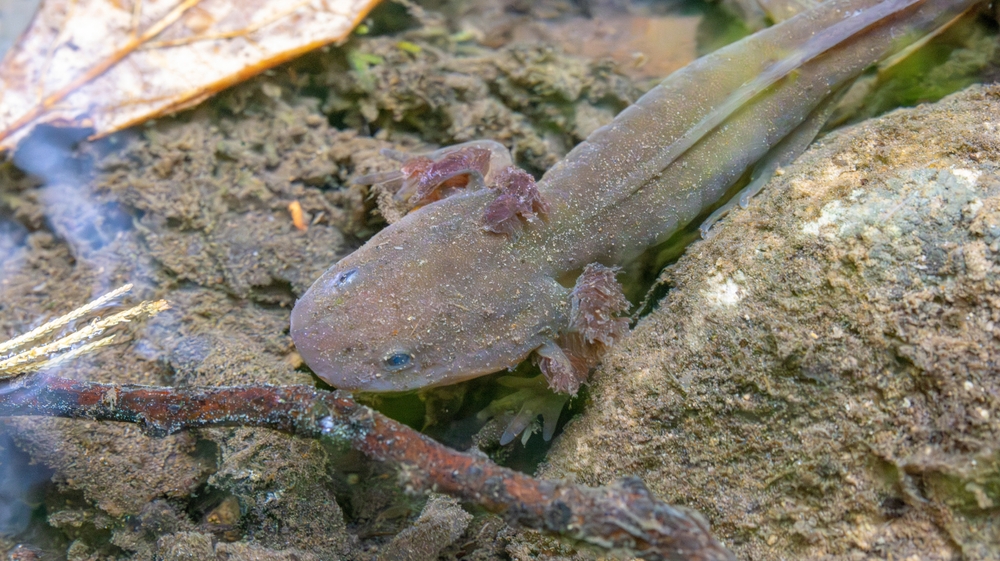
The axolotl, a Mexican salamander, is celebrated for its extraordinary ability to regenerate lost body parts, including limbs, spinal cord, heart, and even parts of its brain. Unlike most amphibians, the axolotl retains its larval features throughout life, a condition known as neoteny. This remarkable regenerative capacity has made the axolotl a focal point of scientific research, offering insights into tissue regeneration and healing. Understanding the molecular underpinnings of this process could have transformative implications for regenerative medicine in humans.
As researchers study the axolotl’s regenerative prowess, they seek to unlock the secrets of cellular regeneration and repair. The potential to replicate such capabilities in humans offers hope for advances in treating injury and disease. The axolotl’s ability to rebuild itself over and over underscores the resilience and adaptability inherent in nature. Scientists continue to be inspired by this creature’s remarkable recovery skills, pushing the boundaries of what’s possible in healing and regeneration.
14. The Spiders That Fly
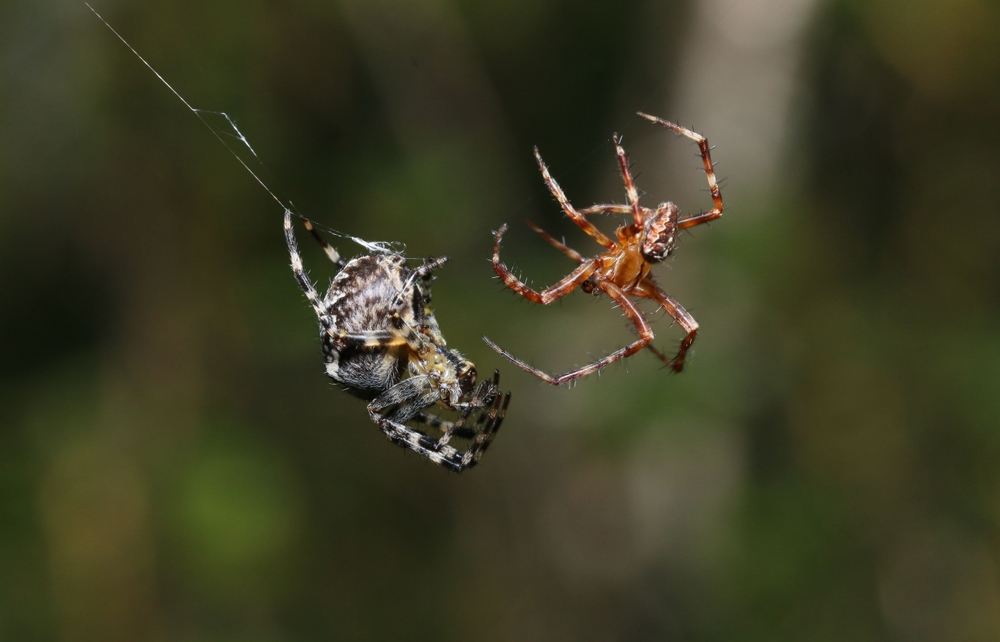
You likely associate spiders with weaving webs, but some can also take to the skies. Certain species, like the ballooning spiders, use silk to catch the wind and travel great distances. By releasing silk threads into the air, these spiders can be carried to new locations by the breeze, a technique known as ballooning. This form of aerial dispersal allows spiders to colonize new territories, escape predators, and find mates in far-flung places.
Ballooning is an incredible example of adaptation, allowing spiders to exploit wind currents and expand their ecological footprint. This behavior demonstrates the lengths to which organisms will go to survive and thrive in their environments. By studying such behaviors, scientists gain a deeper understanding of the interconnectedness of ecosystems and the complex life strategies employed by even the smallest creatures. The sight of spiders soaring through the sky serves as a testament to nature’s boundless ingenuity and adaptability.
